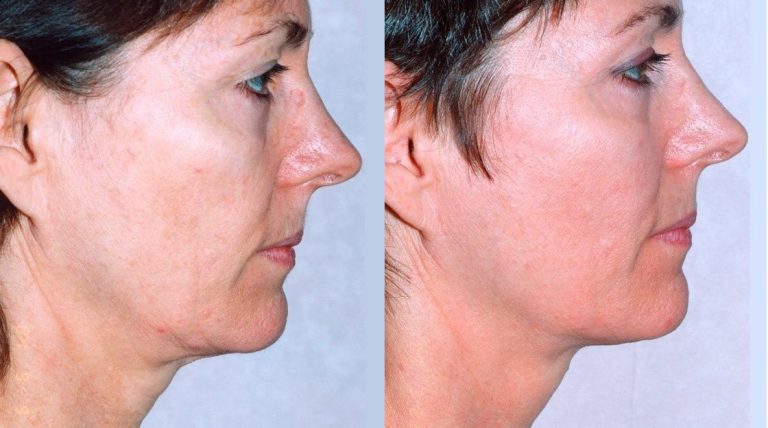
Radiofrequency (RF) skin tightening is a popular non-invasive treatment for tightening the skin, reducing wrinkles, and improving skin texture. It works by using radiofrequency energy to heat the deeper layers of the skin, stimulating collagen and elastin production. This helps to firm and lift the skin, making it look smoother and more youthful.
If you’re using a home RF skin tightening device, it’s important to follow the recommended guidelines to avoid overuse and achieve the best results. Here’s what you need to know about how often you can use RF skin tightening at home:
When you first begin using an RF device at home, the general recommendation is to use it 2-3 times per week for the first 4-6 weeks. This allows your skin time to adjust to the treatment, and you’ll start seeing noticeable improvements in skin texture, firmness, and elasticity after consistent use.
After the initial phase, you can reduce the frequency to once a week or every other week for maintenance. This helps to continue stimulating collagen production and keep the skin firm and lifted without over-stressing the skin.
Many people find that periodic maintenance treatments (1-2 times a month) are enough to sustain the results and keep their skin looking youthful.
Always refer to the instructions that come with your specific RF skin tightening device. Different devices have different energy levels and treatment durations, and the manufacturer's guidelines are based on the device’s design and the safety parameters for at-home use.
Some devices may recommend more frequent treatments, while others may suggest spacing them out to avoid over-stimulation. It’s important to follow these recommendations to ensure optimal results without causing irritation or skin damage.
If you’re new to RF skin tightening, start by using the device once a week for the first few weeks. Monitor how your skin responds—if you notice any irritation, redness, or sensitivity, reduce the frequency. As your skin becomes accustomed to the treatment, you can gradually increase the frequency as per your goals and skin’s tolerance.
For RF skin tightening to be effective, consistency is crucial. The energy from the RF device works over time to stimulate collagen production, so spaced-out sessions will give your skin time to regenerate and improve gradually.
At-home RF skin tightening can be an effective way to improve skin firmness and reduce the appearance of wrinkles. For optimal results, use the device 2-3 times per week initially, and reduce the frequency to once a week for maintenance once you’ve achieved the desired effects. Always follow the instructions provided with your device to ensure safe and effective use.
Remember that RF skin tightening results take time, so consistency and patience are key! If you ever have any concerns about using your RF device, consult a dermatologist or skincare professional for personalized advice.